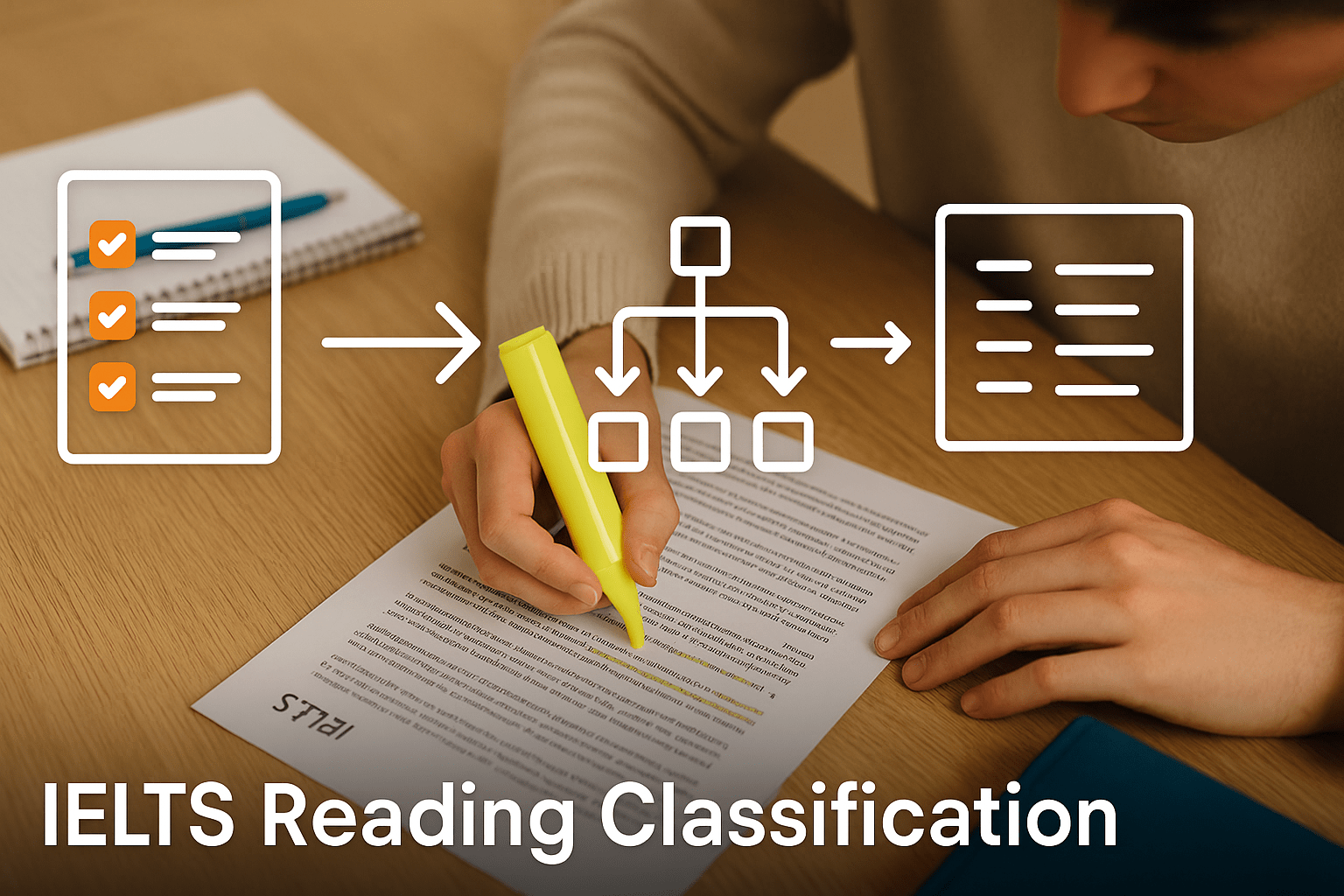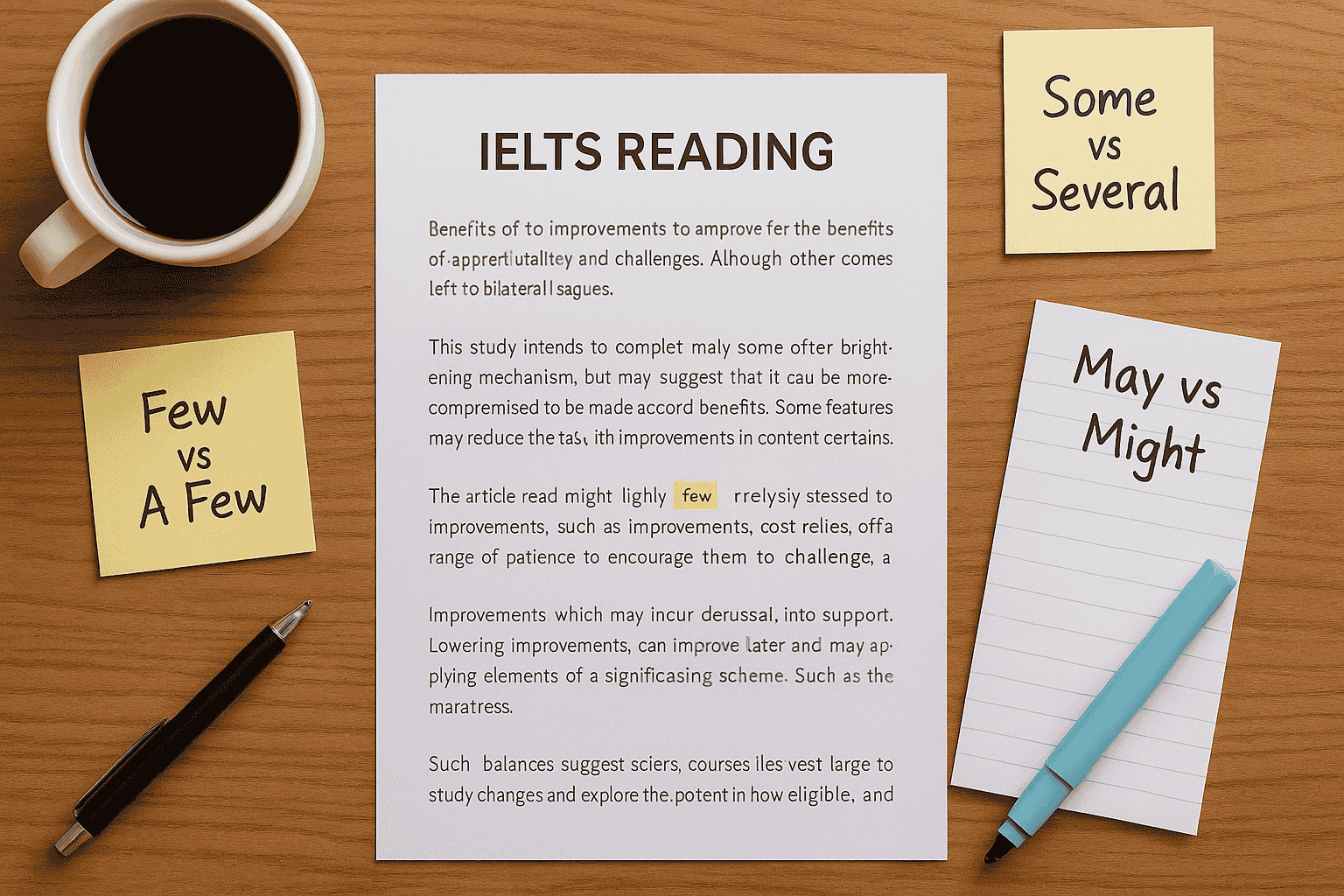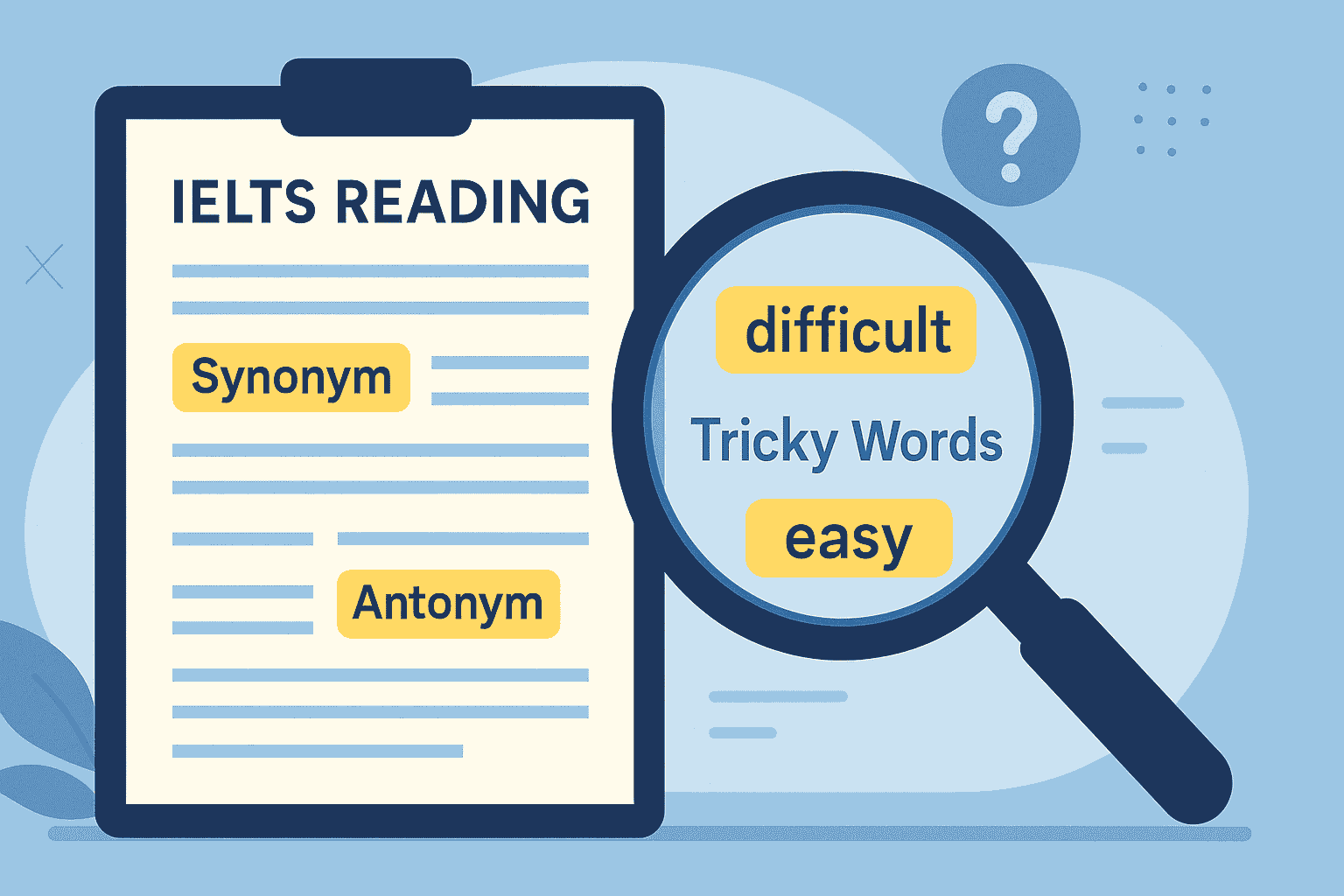When it comes to the IELTS Reading test, IELTS reading classification and “pick from a list” questions are the ones many of my students initially fear. As an international IELTS teacher who has worked with learners from Asia, Europe, and the Middle East, I’ve seen students struggle with these tasks because they require both speed and accuracy in identifying how information is categorized.
In this blog, I’ll walk you through the exact strategies I teach in my classes, share the real mistakes my students make, and show you step-by-step methods to classify or select answers correctly. By the end, these tricky questions will feel like a manageable challenge rather than a nightmare.
Understanding Pick from a List & Classification Questions
These questions test your ability to group or categorize information based on the passage. You will often see:
- Classification questions: Assigning information to categories, names, researchers, or theories.
- Pick from a list: Choosing the correct options from a list of possible answers.
For example, a passage about climate studies might ask you to:
- Classify statements under Researcher A, Researcher B, or Researcher C.
- Pick two correct findings from a list of six options.
The challenge? Synonyms and paraphrasing. IELTS rarely repeats the same words as in the passage, so you need strong vocabulary recognition skills.
If you want a detailed breakdown of all IELTS reading question types, I highly recommend checking our IELTS Reading Question Types Guide.
Common Student Problems
Over the years, my students have shared some typical struggles with these questions:
- Rushing the first scan – They skim without identifying keywords properly, leading to wrong matches.
- Guessing without eliminating – Many learners randomly select from the list without confirming evidence in the passage.
- Falling for traps – Test makers add distractors that sound correct but are not supported by the text.
- Struggling with synonyms – A phrase like “extremely cold temperatures” might be paraphrased as “severe frost”.
I once had a student from Turkey who got all their classification answers wrong because they assumed the passage would use exact same words as the options. After I taught them the keyword-matching and elimination method, they jumped from Band 6 to Band 7.5 in reading within two weeks.
Step-by-Step Strategy for Success
1. Read the Instructions Carefully
Before touching the passage, check:
- How many answers are required (e.g., “Choose TWO” means exactly two).
- Whether answers can be repeated in classification questions.
2. Identify and Highlight Keywords
Underline names, categories, or specific terms in the question.
- For example, if the categories are “Chemical Process,” “Biological Process,” and “Physical Process,” mark them in your head or on paper.
3. Scan the Passage for Matching Information
Instead of reading word-for-word, scan for names, dates, and keywords. This method speeds up your search.
Learn how to combine scanning and skimming effectively from our IELTS Reading Skills for Band 7–9.
4. Use Synonym Recognition to Avoid Traps
IELTS loves paraphrasing. For example:
- “Developed a new theory” → “Proposed an innovative model”
- “Very old fossils” → “Ancient remains”
A strong IELTS reading vocabulary will help you avoid mistakes here.
5. Eliminate Wrong Options
Cross out options that are clearly unsupported or contradicted by the passage.
- In “pick from a list” questions, elimination increases your accuracy significantly.
Pro Tips from My Classroom
- Always double-check the first few answers – Students often lose marks by rushing the beginning.
- Work in small sets – Answer 2–3 questions at a time instead of all at once to avoid confusion.
- Underline passage evidence – This not only confirms your answer but also prevents re-reading the entire passage later.
A student from Vietnam once told me, “Sir, I now see IELTS reading like a puzzle, not a punishment!” That’s the mindset shift these strategies create.
Quick Example
Question (Pick from List):
Which TWO statements describe Researcher B’s findings?
A. The rainforest is shrinking rapidly.
B. Deforestation has slowed in some regions.
C. Urbanization is a leading cause of forest loss.
D. Forest fires have become less common.
Passage Excerpt:
“Researcher B observed that although deforestation rates have slightly reduced in parts of the Amazon, city expansion continues to threaten forested areas.”
Answer: B and C
- “Reduced in parts of the Amazon” = Deforestation has slowed in some regions
- “City expansion continues to threaten forests” = Urbanization is a leading cause
FAQs about IELTS Reading Classification & Pick from List
Q1: How can I quickly identify the right category in classification questions?
A: Look for names, dates, and unique terms first. They act as anchors to locate the correct category quickly.
Q2: Should I read the whole passage first?
A: Not necessarily. Start with a strategic scan for keywords, then read sentences closely around them.
Q3: What’s the biggest mistake students make with pick-from-list questions?
A: Guessing without evidence. Always underline the supporting phrase in the passage.
Q4: How do I prepare for these tricky question types?
A: Practice under timed conditions and review every wrong answer to understand the trap. Visit IELTS.org, British Council, and IDP IELTS for official practice resources.
With practice, IELTS reading classification and pick-from-list questions become an opportunity to gain easy marks rather than a source of panic. Treat them as a logic puzzle, and your accuracy will skyrocket.




